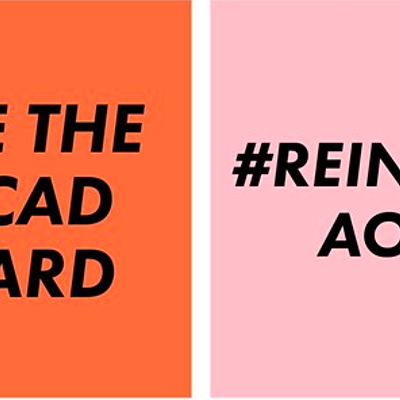Unfortunately, most trees felled, both before and after the storm, were perfectly healthy. Perry says he’d rather not take down healthy, undamaged trees and always offers his customers alternatives such as having the crown thinned instead. Thinning the crown, he explains, allows the wind to blow through the tree, rather than slamming up against it. More often than not, though, the customer insists the tree come down. “Basically, they just want it taken down because they’re scared,” he says. This fear is understandable. But between storm damage and nervous property owners, our urban forest is being whittled away at an alarming rate.
In many urban centres across the country, strict bylaws prohibit the felling of healthy trees on private property. Vancouver, Ottawa and Toronto, for example, all have stringent tree conservation by-laws. In Vancouver, property owners must have a permit to remove trees larger than 20 cm in diameter and 1.4 metres tall. Moreover, property owners may only remove one tree within a 12 month period (except under special circumstances) and they must replace the felled tree. While Toronto’s Private Tree By-law “regulates injury or removal of privately owned trees which measure 30 cm in diameter or more.” Ottawa’s Tree Conservation By-law is equally tough. On properties greater than one hectare, a city-approved tree conservation report is required to remove trees that measure 10 cm or greater in diameter. And on properties one hectare or less, a tree permit is required to remove any tree deemed distinctive, that is, trees which are 50 centimetres or greater in diameter. In order to obtain a permit, the owner must hire an arborist to prepare a report. Fines for violating the bylaw run from $500 to a whopping $100,000.
So how does HRM’s Urban Forest Management Plan compare? Do we have restrictions in place to prevent private property owners from felling trees willy nilly? Urban Forester John Simmons explains that currently there are only a few restrictions in place pertaining to tree- cutting on private property in the municipality. These restrictions are on riparian buffers (land surrounding waterways and lakes), and on slopes. In addition, there are some tree-cutting restrictions in the Town of Bedford. These restrictions, however, “Are not carte blanche across the board” says Simmons. “There are some places that have development agreements that restrict the cutting of private trees.” So essentially if a property owner in HRM wants to clear cut their lot they’re completely within their rights to do so.
Why has HRM lagged so far behind other urban centres when it comes to bringing in tree conservation bylaws? The fact is, the city didn't have the authority until this spring, when amendments to the Municipal Government Act cleared the way for the creation of bylaws regulating tree cutting on private property. How soon can we expect to have these restrictions in place? Given the fact that it’s been nearly a decade since the municipality first requested amendments to the Municipal Government Act which would allow them to create tree-cutting bylaws, chances are at least one more hurricane season will have come and gone before the restrictions take effect.












